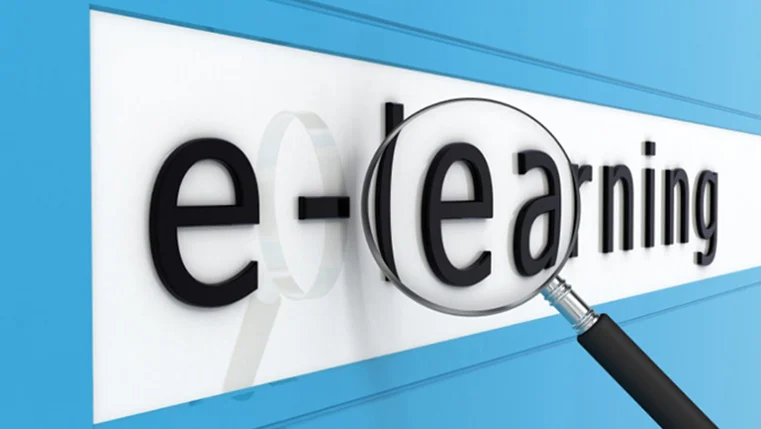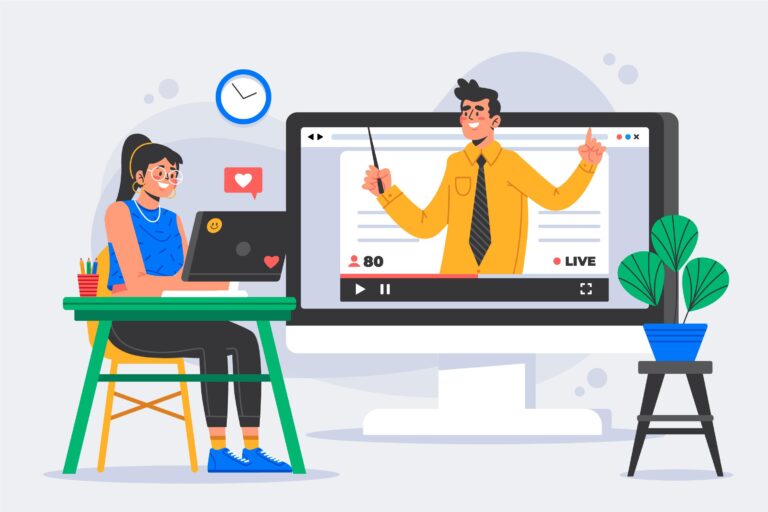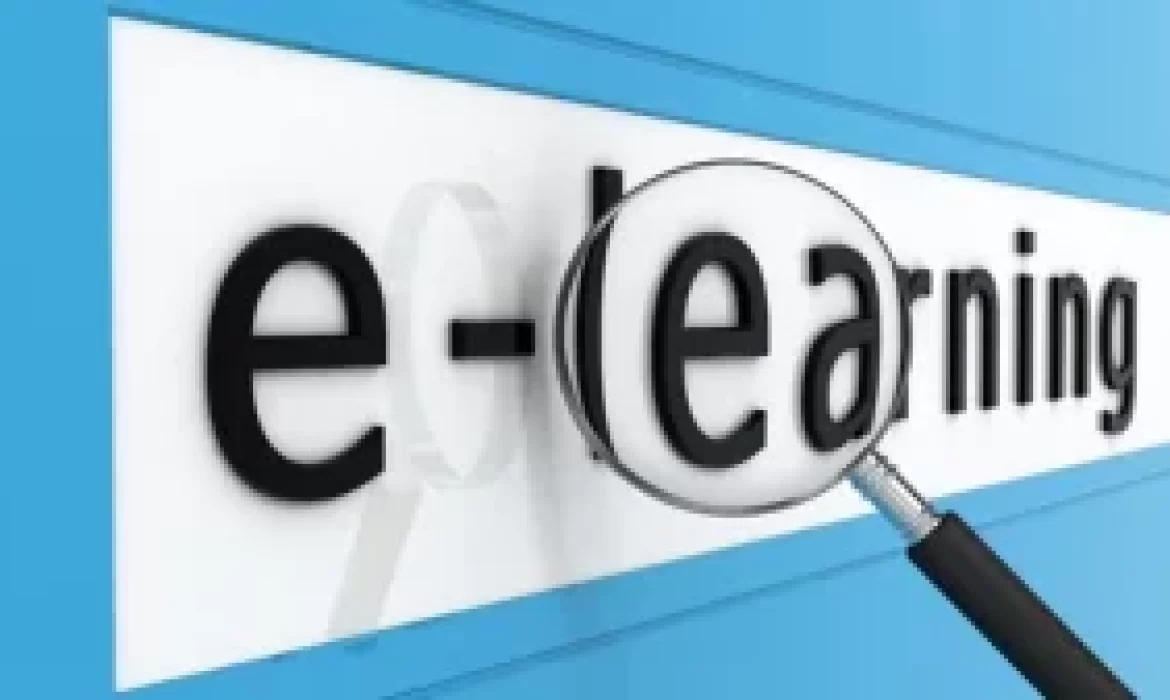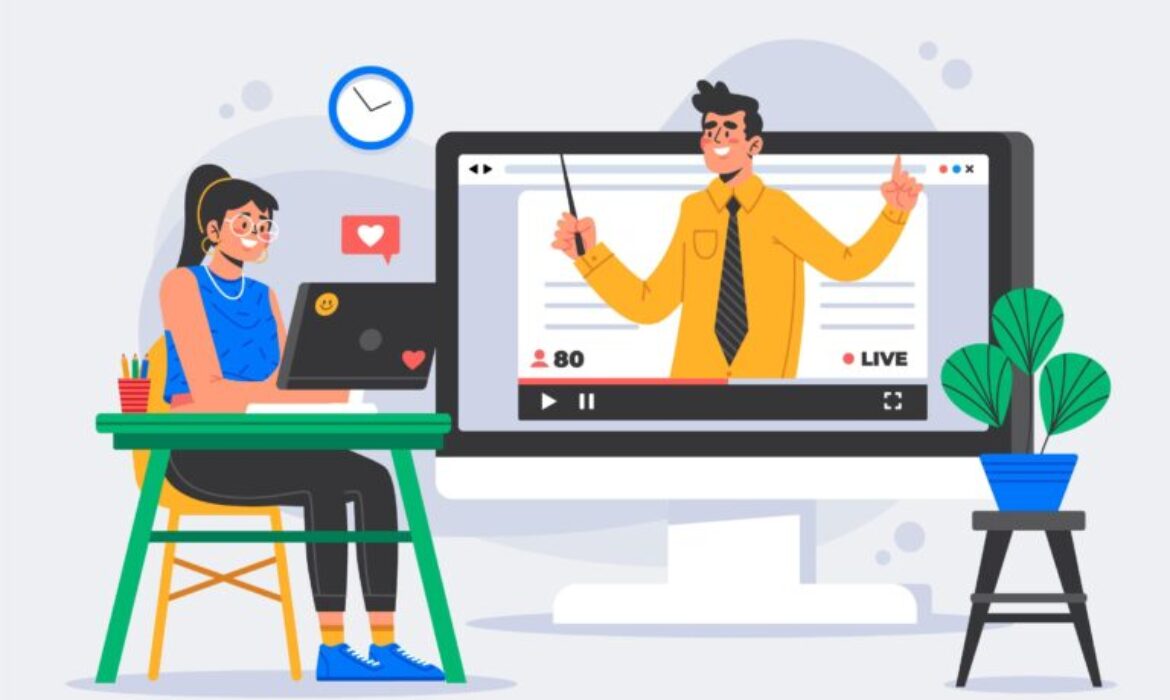4 Reasons To Consider Custom E-Learning Development

We live in a highly competitive environment, which makes it necessary for us to stay up-to-date with the most effective and efficient practices specific to our respective industries. It would mean exposing employees to the most relevant and latest training modules designed to meet certain goals for organizations.
While effectiveness, efficiency, and growth are important aspects of eLearning content development, priority should also be given to precaution, safety, and regulations associated with different roles in any organization.
Many companies may employ pre-built courses because they are more convenient and cost-effective, and they are often successful as well. However, a custom eLearning course delivers more effective results to both the organization and the learners.
Pre-build eLearning courses do not focus on meeting specific learning objectives and developing particular skills that may be essential in your line of business because the content is generic. With custom eLearning development, you will have total control over the content and focus on the immediate needs while including the organization’s long-term objectives.
If you are still not convinced, we have curated a list of reasons you should prefer custom eLearning courses instead of the off-the-shelf programs.
Targets the Needs of the Organisation
No two organizations in the same industry are the same. The challenges that each face will be unique, and they need to be addressed differently.
Because of this reason, off-the-shelf content may not always be able to serve the objectives that are specific to each business. Therefore, hiring customized training solutions will allow you to address behaviours and skill sets that will help in making precise improvements within the organization.
Follows the Right eLearning Approach
With custom content development, you will be able to apply different learning technologies to make learning better and more efficient for your employees. Every individual is different, and so is their way of learning. When you apply different modalities, such as gamification, nuanced assessments, microlearning modules, scenario-based learning, etc., you are able to cater to the needs of all your learners.
Offers Reliable and Consistent Information
Regardless of whether the courses involve different interactions, templates, or instructional strategies, you will find them consistent in style, tone, and message. Because of this reason, there is a sense of trustworthiness and reliability that promotes engagement in learners.
Provides Better Return on Investment
Custom eLearning courses are expensive in the short term, but they end up paying off in higher returns. Be it sales enablement, employee onboarding, or a culture shift in the organization, your custom content will allow you to target them specifically, leading to visible long-term results that may not be achievable with pre-build programs.
Closing Thoughts
Though the benefits are too significant in the case of customized eLearning courses, they can also be expensive. Hence, you have to evaluate the amount of customization you need to meet your specific learning objectives. By keeping the pros and cons in mind, you will ultimately be able to make an informed decision about using custom eLearning programs to meet your training and development needs.
5 Popular Types Of E-Learning Approaches

When it comes to developing eLearning content for learners, different approaches are implemented to make learning as effective as possible. Let’s take a look at the popular approaches content developers in 2024.
Microlearning
The microlearning approach would involve delivering ‘bite-sized’ training courses containing only the necessary information for the learning. The information shared in these courses is usually in –
- Texts
- Scenarios
- Whiteboard animations
- Images
- Video-based learning
- Surveys and quizzes
They are usually courses that deal with specific topics. The ability to retain information is easier and better than a 60-minute course.
Content developers take this approach because it is quick to develop, easy to maintain, and will be easily accessible to learners whenever required.
If you want to develop online e-learning courses for skills training, compliance training, and onboarding training for employees, microlearning would seem like an ideal approach.
Interaction eLearning
The interactive eLearning approach will make the learner interact with the course content. There are mainly two types of interactivities that can be used in eLearning content –
- Clickable Interactivities – Learners will be able to click on the content to access information. Common examples include clickable tabs, graphics, images, and numbers.
- Thinking Interactivities – Learners will have to observe and process the content presented on the screen and proceed with a specific action. Common examples include math-the-following and drag-and-drop.
With interactive learning, learners will get to actively participate while taking the course. By applying the principles of kinaesthetic learning, this approach is supposedly the most effective form of learning as compared to courses that only have graphics and text layouts.
Game-Based Learning
The game-based learning approach incorporates gaming components while designing a course to motivate learners and increase the level of engagement. Not only does it make learning interesting, but it also promotes problem-solving and critical thinking abilities in learners. If you want to design courses for Generation-Z learners, you should definitely consider this approach.
In game-based eLearning courses, learners will have to work towards a goal by choosing the best actions. In the process, they’ll also get to experience the consequences of every action they take.
Responsive eLearning
Responsive eLearning would mean that the content would be accessible across different devices in appropriate formats. It would include resizing to fit a particular device for optimal viewing. These courses will also be compatible with various media formats, such as texts, videos, images, animations, etc.
As users are constantly switching between different devices in a single day, it is important to make courses responsive to them all in order to make learning more efficient and accessible to learners.
Stimulation-Based eLearning
In simulation-based eLearning, learners will be able to experience an authentic risk-free atmosphere that mimics the conditions of real-life to explore, practice, and learn on-the-job roles. Just like game-based learning, this approach is also based on the Kinaesthetic learning principle.
Simulation-based learning comes in three different modes –
- Watch Simulation – Learners observe an action step-by-step.
- Try Simulation – Learners perform a task with hints.
- Does Simulation – Learners perform a task without any help or assistance.
While these five approaches are readily used in developing eLearning content, Virtual Reality (VR) and Augmented Reality (AR) are the latest technological developments that may revolutionize the training industry in the near future.
Benefits Of k12 And Video Solutions

The world is turning digital now, and it’s time that the education system also embraces this change. One major advancement of the modern era is the availability of multimedia. Videos are now easy to make, easy to share, easy to watch. Youngsters enjoy watching videos, and that’s the main reason why schools and colleges must use videos for education.
K12 and college-level video solutions can benefit the students and the educational institutions at the same time. Let’s check out how.
1) Engaging Learning
The reason why youngsters and adults enjoy watching videos is that videos are highly engaging. Learning through videos enables the students to access and memorize a lot of information easily without feeling pressure. Especially when you have professionals for content development, you can expect maximum engagement from your learning sessions.
2) Easy Practical Education
College-level and k12 video solutions allow you to spark imagination and problem-solving abilities in students. Videos allow you to show your students real-life scenarios and concepts, allowing your children to understand the theoretical concept look in the real world. In simple words, the students can have the benefits of several educational tours, in a few minutes, with the help of a few videos.
3) Get World-Class Experts
Video learning allows you to provide your students learning sessions with world-class experts. This greatly sparks critical thinking and inspiration among the students. When your students learn directly from the experts, they get a clear view of the concept along with immense inspiration to become successful in the future.
4) Improve Your Reputation
It is no myth that the competition in the education industry is stiff. There are several colleges and schools nowadays and staying visible is becoming quite difficult. But when your institution offers highly engaging video solutions to the students, you will have no problem gaining a reputation. Your students will love the learning experience, and the quality you offer will speak for itself.
Why you need professionals?
Providing video solutions for education requires professional quality and expertise in content development. Professional service providers for college and k12 video solutions are experts who understand very well how to generate maximum engagement and productivity through the content. So you can expect to get professional-quality error-free video solutions on time when you have professional service providers at hand.
Having professional service providers for e-learning content development also reduces the pressure on your teachers, allowing them to focus on their work with greater efficiency. So, in a nutshell, you get greater quality, greater engagement, and greater productivity at highly affordable rates when you have professional video solutions.Tags: k12 video solutions




